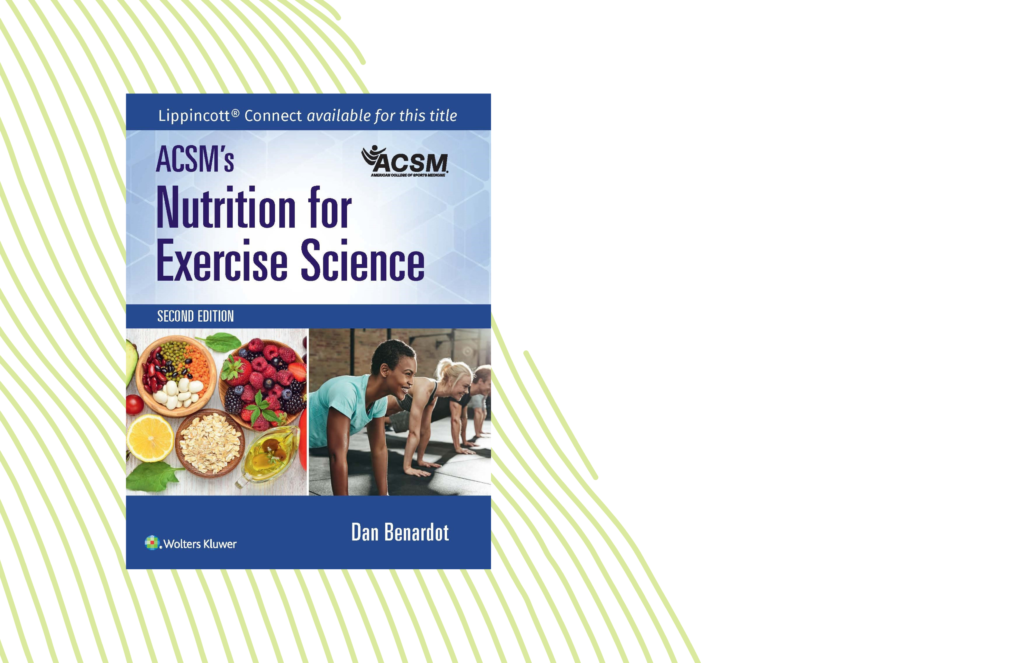

Drawing on the author’s extensive experience as an instructor, scientist, this engaging, authoritative text delivers an evidence-based yet accessible exploration of how nutrition impacts various aspects of active populations, from general health to muscle development, exercise recovery, injury prevention, and psychological well-being. Real-world examples and case studies bring difficult concepts to life, equipping readers with the knowledge and confidence to support the nutritional needs of active populations.
PowerPoint lecture outlines, image banks and additional test banks are available. Instructors interested in adopting the new edition of this title can request more information here:
6510 Telecom Dr.
Suite 200
Indianapolis, IN 46278
317-637-9200
317-634-7817
ACSM’s National Center hours are 8 a.m. to 5 p.m. ET Monday through Friday.
© ACSM. All Rights Reserved.